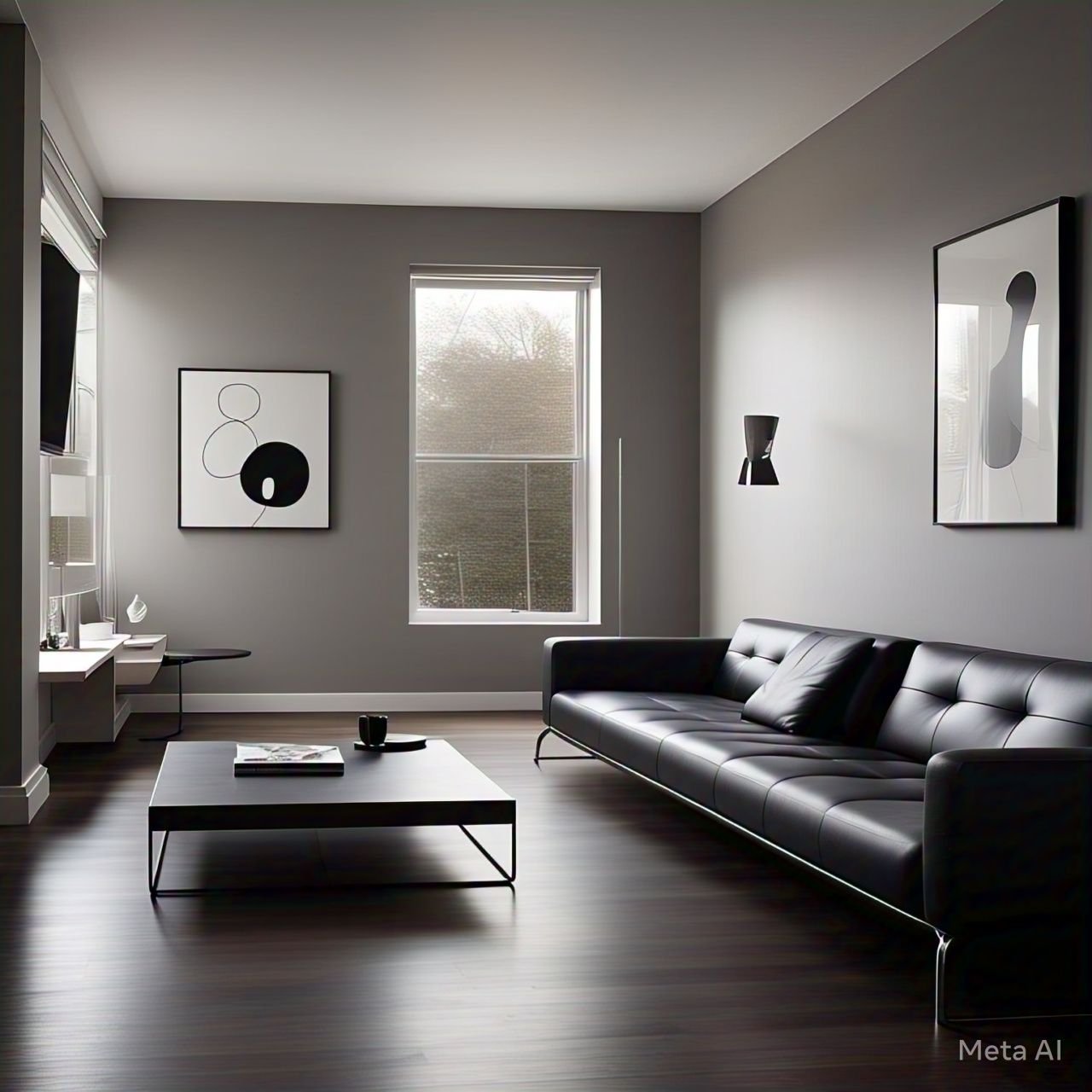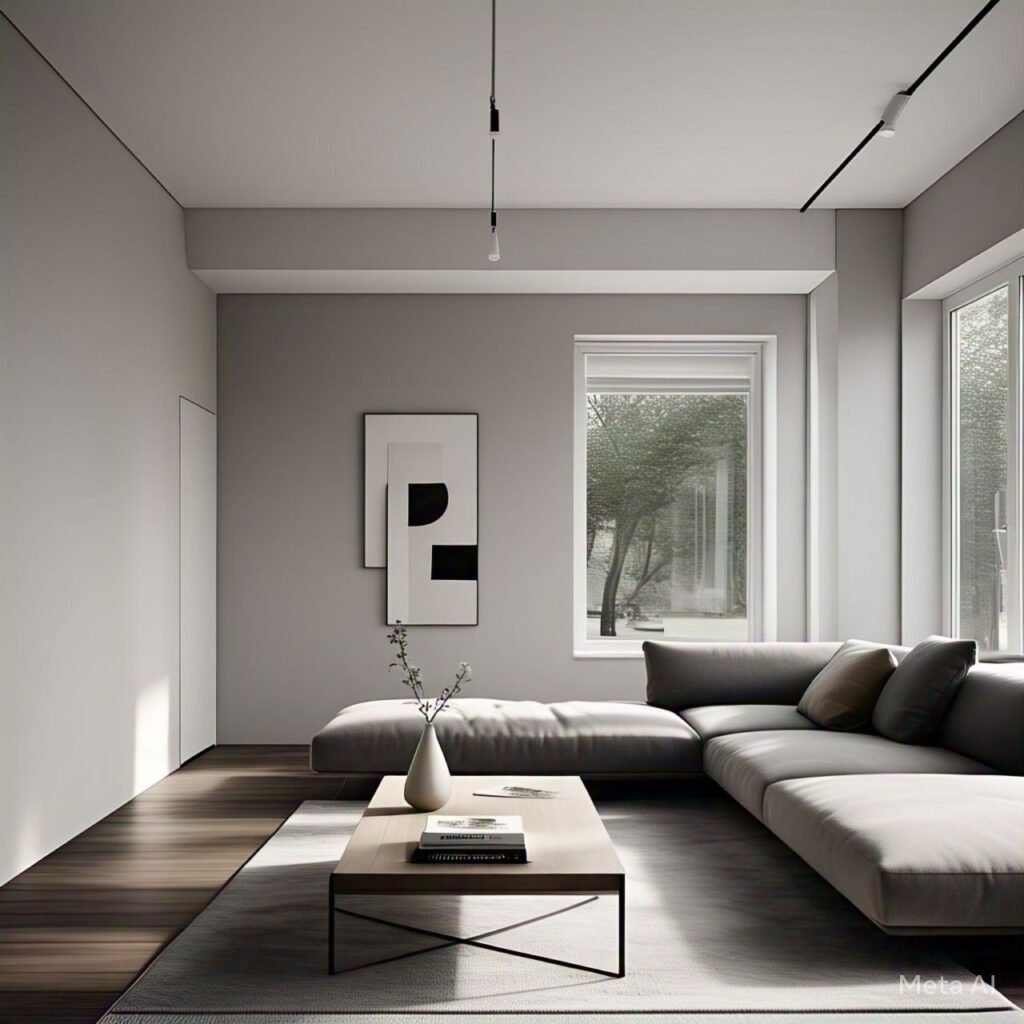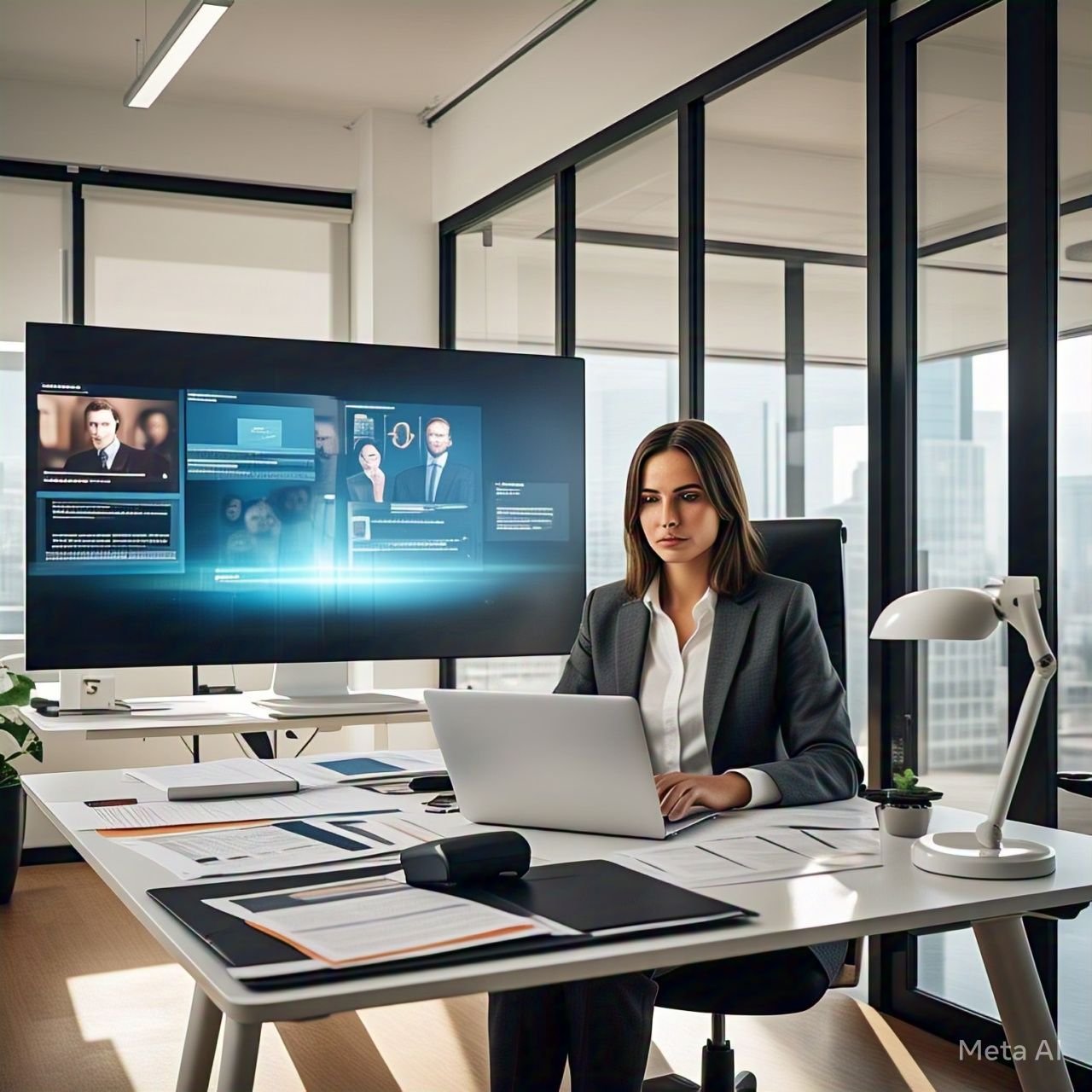Minimalist Living: Less is More

🧭 Outline
H1: Introduction
- What is minimalist living?
- Why minimalism is gaining popularity
H2: The Philosophy of Minimalism
- Origins and mindset
- It’s not just about decluttering
H2: Benefits of Minimalist Living
H3: Mental Clarity
- Less clutter, more peace
H3: Financial Freedom
- Spend less, save more
H3: Environmental Impact
- Conscious consumption reduces waste
H3: Time and Energy
- Simplify decisions, reduce stress
H2: Decluttering Your Space
H3: Start Small
- Room-by-room approach
H3: The Marie Kondo Effect
- “Does it spark joy?”
H3: Practical Tips
- Donate, sell, recycle
H2: Minimalism and Your Finances
- Avoiding unnecessary purchases
- Creating a minimalist budget
H2: Digital Minimalism
- Reducing screen time and digital clutter
- Organizing your devices for clarity
H2: Minimalist Wardrobe
- Capsule wardrobe basics
- Quality over quantity
H2: Minimalist Mindset
- Letting go of material attachment
- Practicing gratitude and intentional living
H2: How to Transition to Minimalism
H3: Step 1: Identify Your Why
H3: Step 2: Set Clear Goals
H3: Step 3: Take Action Gradually
H2: Myths About Minimalism
- “You have to live in an empty house”
- “It’s boring or restrictive”
H2: Minimalism and Relationships
- Focus on meaningful connections
- Reduce obligations and social clutter
H2: Long-Term Impact of Minimalism
- Lifestyle changes
- Emotional benefits
H1: Conclusion
H1: FAQs
🌱 Minimalist Living: Less is More
📍 Introduction
Ever feel like you’re drowning in stuff? Like your home, your schedule, and even your thoughts are overflowing? You’re not alone. Enter: minimalist living. It’s more than just a design trend — it’s a lifestyle shift. And the best part? It’s not about sacrifice. It’s about freedom.
Minimalism helps you cut out the noise so you can focus on what actually matters. Let’s dive into how living with less can help you live so much more.
🌿 The Philosophy of Minimalism
Minimalism isn’t just about getting rid of things. It’s about intention. At its core, minimalism asks: Do I really need this? Does this add value to my life?
Rooted in ideas from Zen Buddhism and simplicity movements of the past, today’s minimalism is about owning less, but living more intentionally—with purpose and clarity.
💡 Benefits of Minimalist Living
🧘 Mental Clarity
When your space is cluttered, your mind often feels the same way. Clearing out excess helps create a calm, focused mental space.
Think of it this way: less visual noise = less mental noise.
💰 Financial Freedom
When you stop buying things you don’t need, your wallet breathes a sigh of relief. Minimalism encourages mindful spending and often leads to more savings, less debt, and greater financial peace.
🌍 Environmental Impact
Minimalists consume less, which naturally leads to less waste and a smaller carbon footprint. It’s sustainability in action.
⏳ Time and Energy
Every item you own takes up your time—whether it’s cleaning, organizing, or maintaining. Less stuff = less stress = more time for what you love.

🏠 Decluttering Your Space
Start Small
Don’t go full Marie Kondo on day one. Begin with a drawer, a closet, or one room at a time.
The Marie Kondo Effect
Ask yourself: Does it spark joy? If not, let it go. This mindset shifts your focus from “what should I get rid of?” to “what do I truly value?”
Practical Tips
- Use the four-box method: Keep, Donate, Sell, Trash
- Schedule regular decluttering sessions
- Avoid the “maybe someday” trap
💸 Minimalism and Your Finances
Living simply can lead to big financial wins.
- Cut down on impulse buys
- Build a minimalist budget focused on needs, not wants
- Invest in quality over quantity
The result? You spend smarter, save more, and stress less.
📱 Digital Minimalism
Minimalism doesn’t stop at your physical space. Your digital life matters too.
- Unsubscribe from emails you don’t read
- Delete unused apps
- Limit social media time with tools like Screen Time or Digital Wellbeing
Think of your phone as a tool—not a trap.
👚 Minimalist Wardrobe
Enter the capsule wardrobe—a limited selection of versatile, high-quality clothing you actually wear.
- Choose timeless pieces
- Stick to neutral colors that mix and match easily
- Let go of the “just in case” outfits
Less laundry. Less clutter. More style.
🧠 Minimalist Mindset
Minimalism isn’t just physical—it’s deeply mental and emotional.
- Let go of attachment to material things
- Practice gratitude for what you already have
- Focus on experiences over possessions
It’s not about living with nothing. It’s about living with only what matters.
🔄 How to Transition to Minimalism
Step 1: Identify Your Why
Ask yourself why you want to simplify. Is it for peace of mind? Financial freedom? More time? Keep your “why” front and center.
Step 2: Set Clear Goals
Do you want to downsize your home? Clear your debt? Build a calm environment? Be specific.
Step 3: Take Action Gradually
Minimalism isn’t a race. It’s a journey. Start with small, consistent steps and build from there.
❌ Myths About Minimalism
- “You have to live in an empty room.” Nope. Minimalism is about intentional living—not deprivation.
- “It’s boring or joyless.” Quite the opposite. By focusing on what truly matters, life becomes richer, not emptier.
💬 Minimalism and Relationships
It’s not just your closet that can get cluttered. Minimalism encourages:
- Saying no to toxic or draining relationships
- Investing in deeper, meaningful connections
- Letting go of social obligations that don’t serve you
Focus on quality over quantity, in every area of life.
🌈 Long-Term Impact of Minimalism
Minimalist living can change your life:
- Less anxiety
- Better finances
- More freedom and clarity
- A deeper sense of purpose
It’s about designing a life that feels right—not one that just looks good on the outside.
🏁 Conclusion
Minimalism is more than just tidying up. It’s a mindset shift—a lifestyle that helps you live more fully with less. You don’t have to sell all your stuff or live out of a backpack. You just need to start asking better questions about what truly adds value to your life.
Because at the end of the day, the less you own, the less that owns you. And that’s real freedom.
❓ FAQs
Q1: Do I have to get rid of everything to be a minimalist?
A1: Nope! Minimalism is about intentional ownership, not living with nothing.
Q2: Can families with kids live minimally?
A2: Absolutely. It’s about simplifying and being mindful—not about rigid rules.
Q3: Is minimalism expensive to start?
A3: Not at all. In fact, it often saves money by reducing unnecessary purchases.
Q4: How do I stay consistent with minimalism?
A4: Keep your “why” in mind and make decluttering a regular habit.
Q5: Can minimalism help with anxiety or stress?
A5: Yes! A clutter-free space can create a calmer, more peaceful mind.



